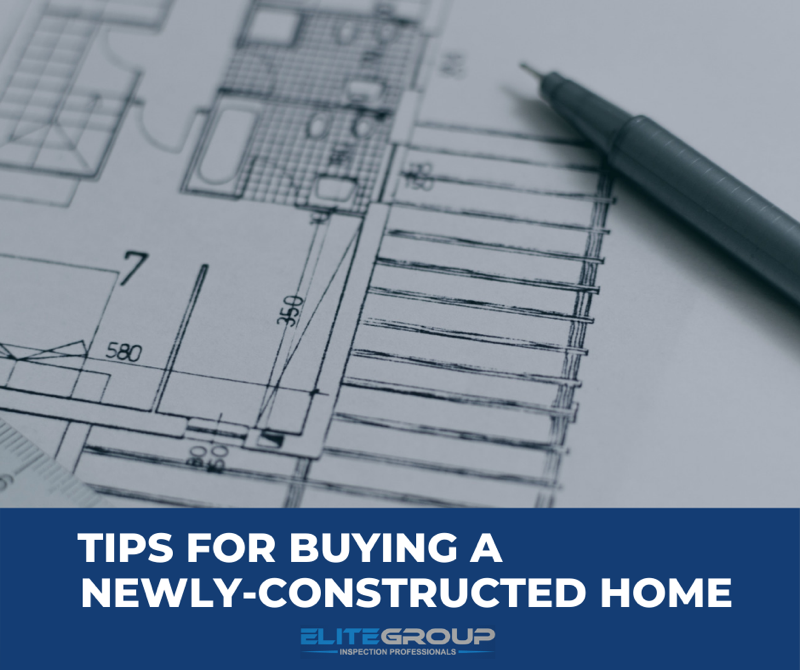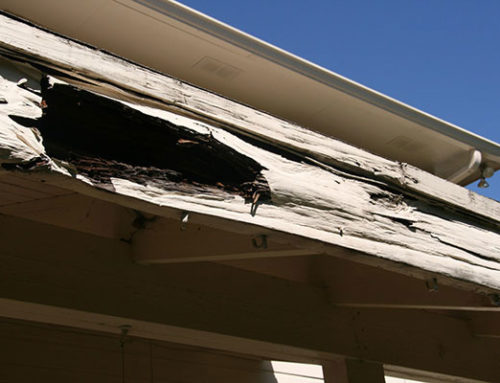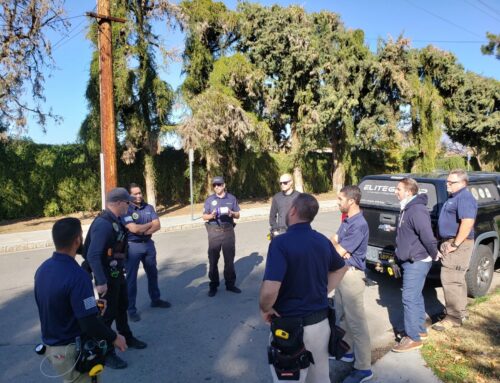Buying a newly-constructed home is a bit different from buying a previously-owned home. Because there is no previous owner, you don’t have to deal with a seller’s emotional tie to the property, which often affects the negotiating process. When buying new construction, you only have to work with the builder.
As with buying a previously-owned home, you have to figure out your budget before you start house hunting. It’s also smart to secure financing by getting pre-approved by a bank or mortgage lender ahead of time. Decide how much money you want to invest in a new home, and don’t overlook the extras like property taxes, insurance, furniture, landscaping costs, and maintenance.
If you’re considering buying a newly-constructed home, follow these five steps to guide you through the process:
Step 1: Weigh the Pros & Cons
The idea of being the first person to live in a newly-built home is enticing. Everything is shiny and untouched! But before you get caught up in the sparkling countertops and fresh paint, evaluate your situation and determine if new construction fits your lifestyle. Here are some questions to ask yourself when considering new construction:
- New homes are typically far from the city center. Will you mind the commute to town?
- Are you willing to wait for that perfect lawn? Trees take years to mature!
- Will you be okay with the cookie-cutter nature of new subdivisions?
- New houses tend to be built close together. Do you mind the closeness and potential lack of privacy?
Step 2: Research Neighborhoods & Builders
When buying in a new subdivision, consider working with a buyer’s agent who knows the area well, can set up home tours, and walk you through the closing process.
When researching neighborhoods:
- Look online for listings for new home construction
- Drive around the neighborhood and check out the quality of the homes
- Walk the community
- Attend model open houses
- Check with the developer about potential homeowners’ association fees and rules
- Ask your agent about plans for the area
Whether you’re buying a new home that’s being built or building a new home from the ground up, you can choose the builder you work with. When researching builders:
- Make sure there are no Better Business Bureau complaints on file against your builder’s company
- Ask local real estate agents if the builder has a good reputation in the community
- Visit your builder’s previously constructed homes
Step 3: Know What’s Standard & What’s Extra
Ask the builder about amenities and upgrades. Amenities are features that benefit the entire community, such as a pool, fitness center, or gated entrance. Upgrades refer to added features or items you pay extra for to enhance your home, like types of flooring or appliances. Find out what comes with the base price of the home.
Step 4: Get an Inspection & Home Warranty
Never assume that a newly-constructed home is error free. If possible, have the home checked during each phase of the construction process, when potential problems are easier to spot.
Protect yourself with warranties. Home warranties vary in length and what they cover. Make sure the warranty you receive explicitly states what’s covered and what isn’t, and what the limitations for damages are.
Step 5: Close the Deal
Builders often have in-house mortgage lenders or ties to an outside lender. You can use the builder’s lenders, or find your own financing. Contact at least two lenders and compare terms, fees, rates, and points. Learn as much as possible about the mortgage process by reading everything you can find!





